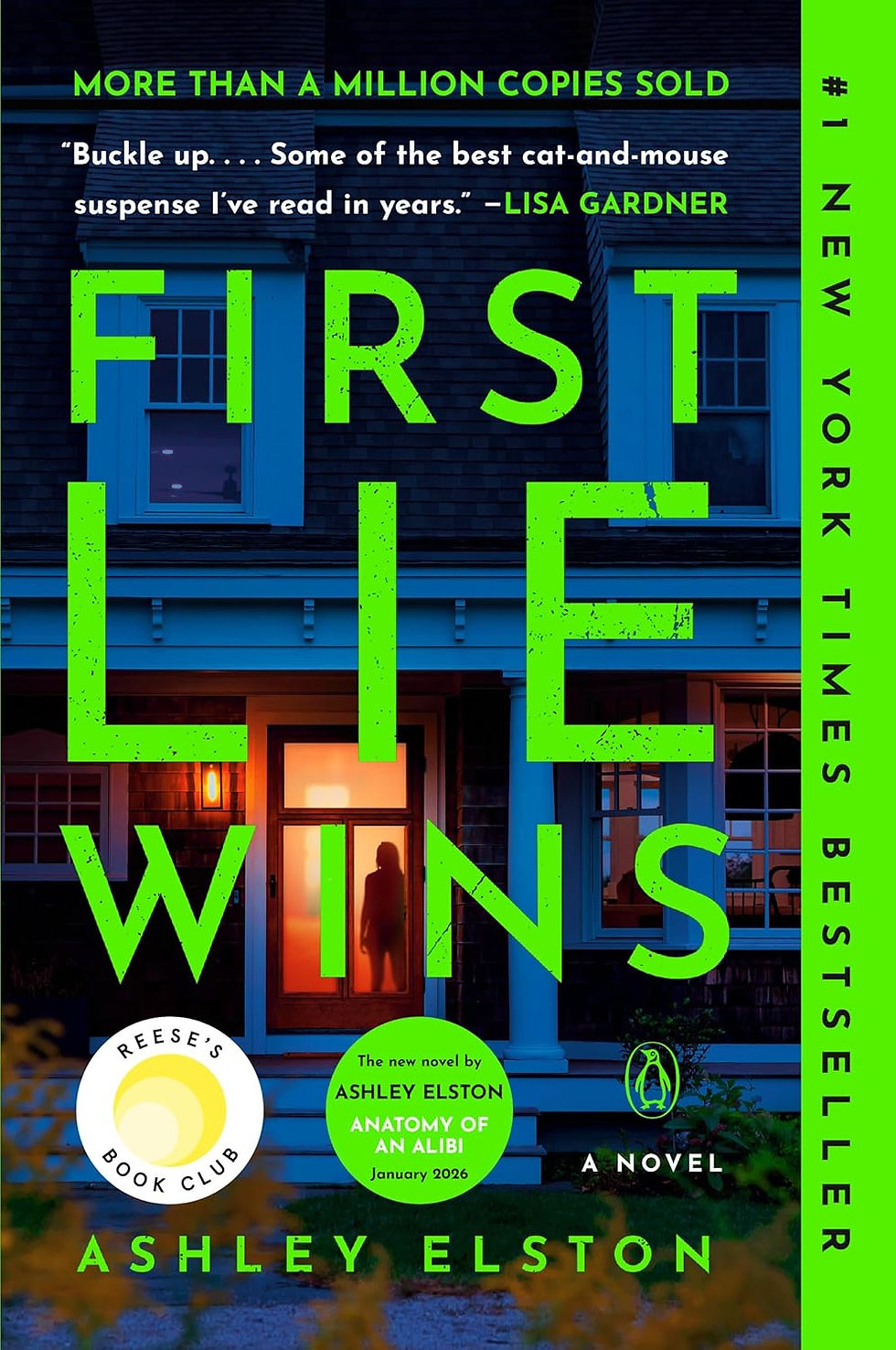Review of The Marriage Portrait by Maggie O'Farrell
- The Bossy Bookworm

- Nov 10, 2022
- 2 min read
I was hooked on the captivating details of Renaissance life, masterfully paced swirling danger and paranoia, and richly developed major and minor characters in The Marriage Portrait.
“You need a plan,” she hears—or seems to hear—her old nurse, Sofia, say, from a place near her elbow. “To lose your temper is to lose the battle.”
In The Marriage Portrait, Maggie O'Farrell turns her attention to Renaissance Italy to tell a historical fiction story of a precocious third daughter of the grand duke of Florence.
Young Lucrezia is lucky enough to exist outside of palazzo scrutiny, free to follow her own imagination and inclinations and to shape her own days.
She is considered odd and emotional, and her siblings exclude and tease her, pushing her further into largely contented isolation and a life that centers around painting and observing the natural world.
But when her older sister dies suddenly before her scheduled marriage to the ruler of Ferrara, the men of the families involved and their advisors are quick to thrust the preteen Lucrezia into her sister's place. Her trusted nurse and former milk-mother Sofia does her best to delay plans to wed the slight young girl to an older duke, but ultimately Lucrezia is offered as a substitute.
Wearing an enormous gold dress meant for her now-deceased sister, Lucrezia marries a stranger, immediately facing a swirl of emotions, fears, and pressures. Suddenly not only is Lucrezia's freedom curtailed, but her future is in jeopardy--unless she can produce an heir.
Constricted by the clothes, behavioral expectations, and duties of her new station, Lucrezia struggles to get to know her new husband--and to figure out how to exist in this new world.
O'Farrell masterfully balances the reader on a tightrope, wondering how much of the potential danger Lucrezia perceives is imagined and how much is real. Lucrezia's shrinking world made me feel claustrophobic on her behalf and paranoid about everyone's potential intentions.
The skips through time wonderfully shape the story and create fascinating pacing as Lucrezia enjoys moments of safety and periods in which she is in crisis.
Even minor characters are richly developed and captivating. Sofia, Emilia, and Jacobo aren't given extensive page time but serve pivotal roles in the story and in Lucrezia's life.
The Marriage Portrait offers wonderful details--of food, palace life, clothing, and art--as well as a shocking ending. O'Farrell presents a fascinating Author's Note about the real figures and circumstances that inspired this book.

Do you have any Bossy thoughts about this book?
Maggie O'Farrell is also the author of Hamnet, I Am, I Am, I Am: Seventeen Brushes with Death, The Vanishing Act of Esme Lennox, Instructions for a Heatwave, This Must Be the Place, and others.





Comments